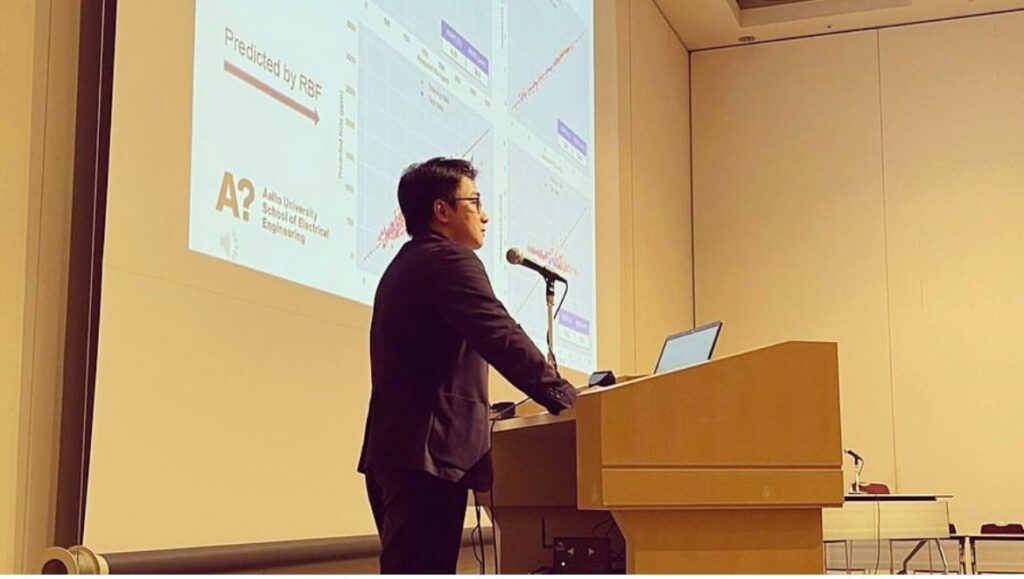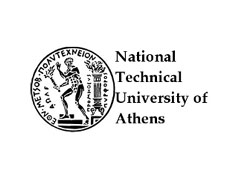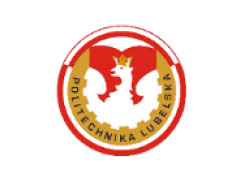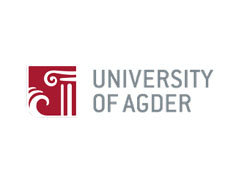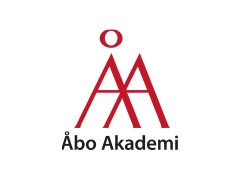The increasing demand of low emission levels for the combustion engines has led to development of more complex engine system. Complexity of the engine systems can be indicated by their high number of independent control parameters. Modelling of engine systems, especially the combustion processes, is a difficult task. The modelling of combustion process or its submodels is diverse, ranging from CFD-models to map-based models. One popular approach is being databased or black-box modeling, which often is implemented with machine learning techniques. Black-box models are capable of fast computation with high accuracy. A major weakness they possess is the inability to fully capture the dynamics of the system. Machine learning techniques are effective on mapping nonlinear correlations between engine parameters. Greenhouse gas estimations is one popular subject of black-box modeling.
In the recent IFAC World Congress 2023, Hoang Khac Nguyen et al. developed artificial neural network (ANN) models capable of estimating nitrogen oxide (NOx) and carbon dioxide (CO2) emissions from in-cylinder pressure of a maritime diesel engine. The architecture of the models were Multi-Layer Perceptron (MLP) and Radial Basis Function (RBF) network. The inputs of the models were variables with highest correlation to the aforementioned greenhouse gases and as well as the principal components of the cylinder pressure. The MLP proofed to be superior compared to RBF and was further improved to estimate emission levels of each cylinder. The results provide the possibility of using the developed models as virtual sensors to replace expensive physical sensors, which has a limited lifecycle due to being exposed to harsh engine conditions.
The research was carried out as part of Clean Propulsion Technologies project Work Package 2 “Virtual sensors and control”
